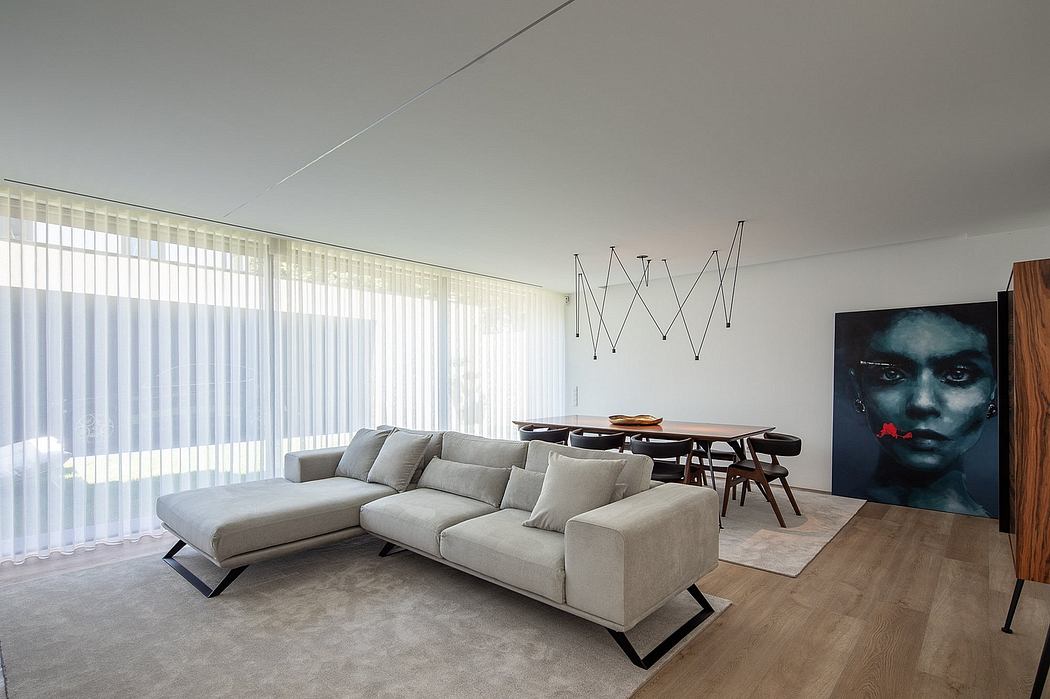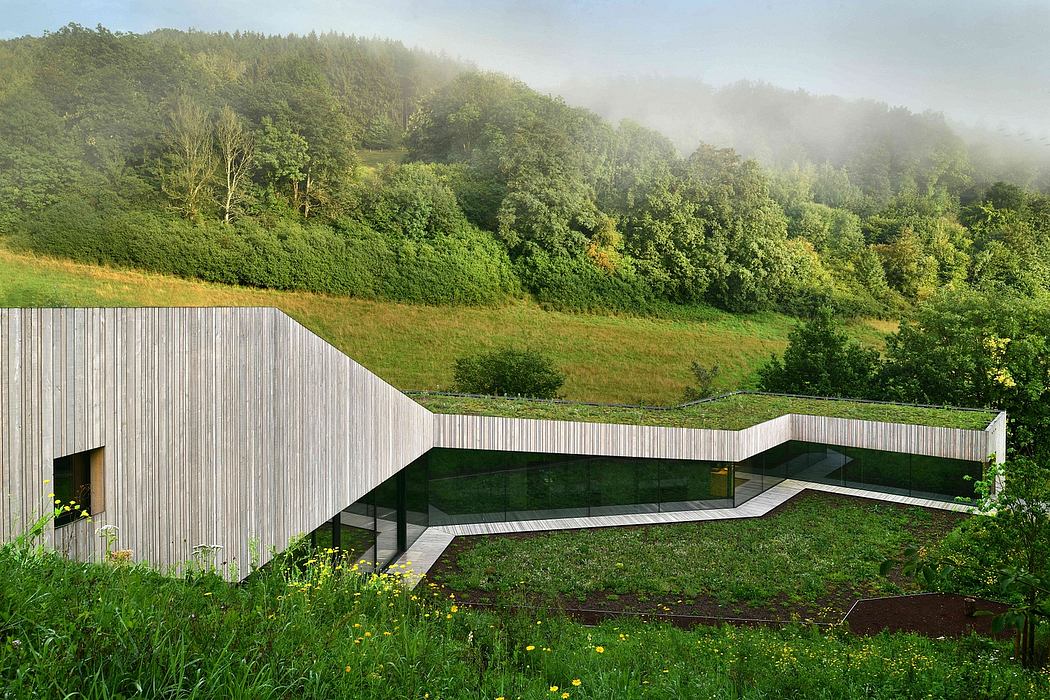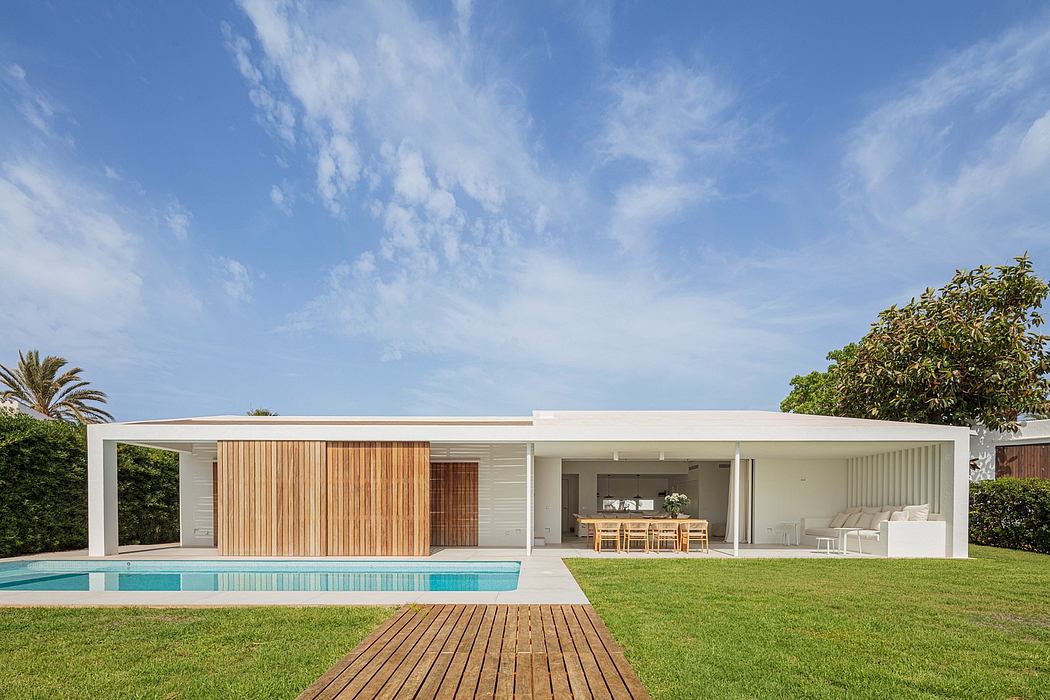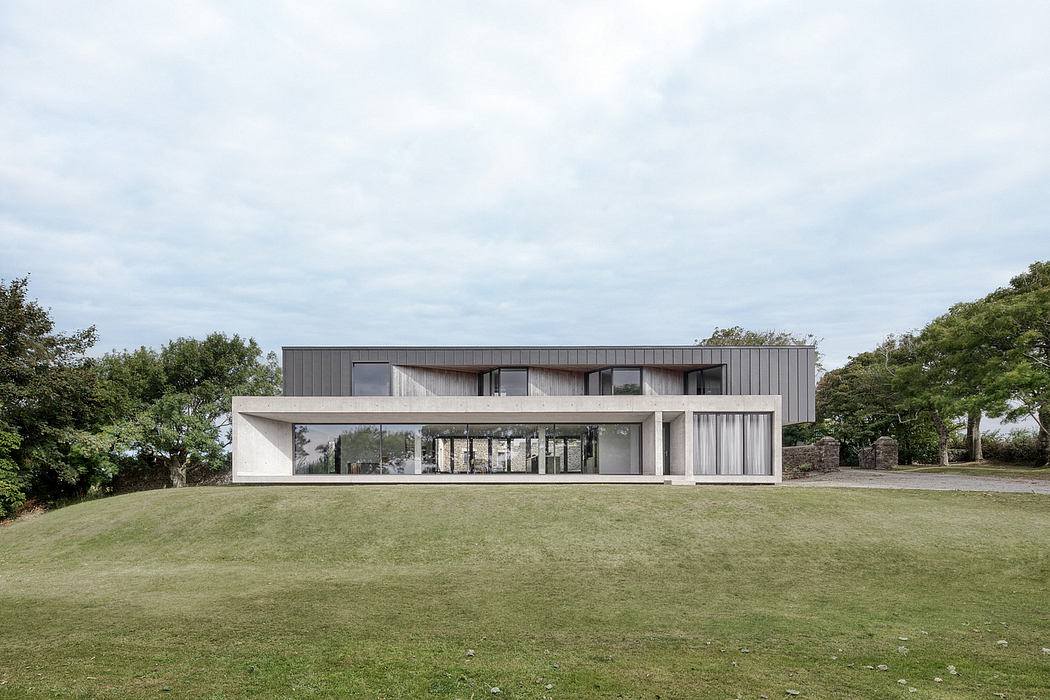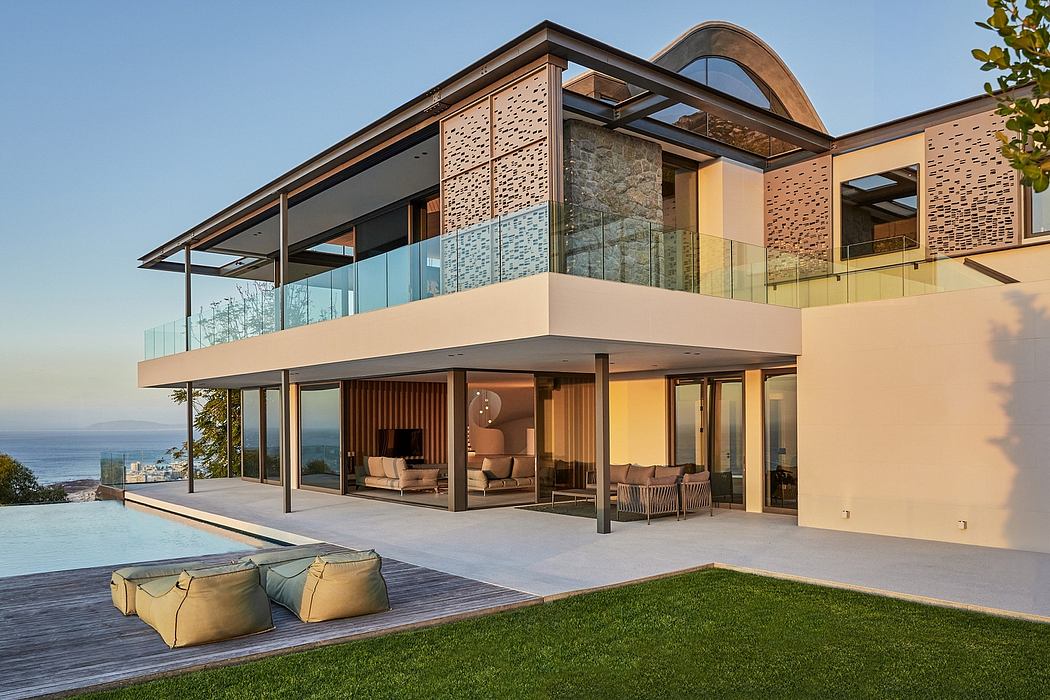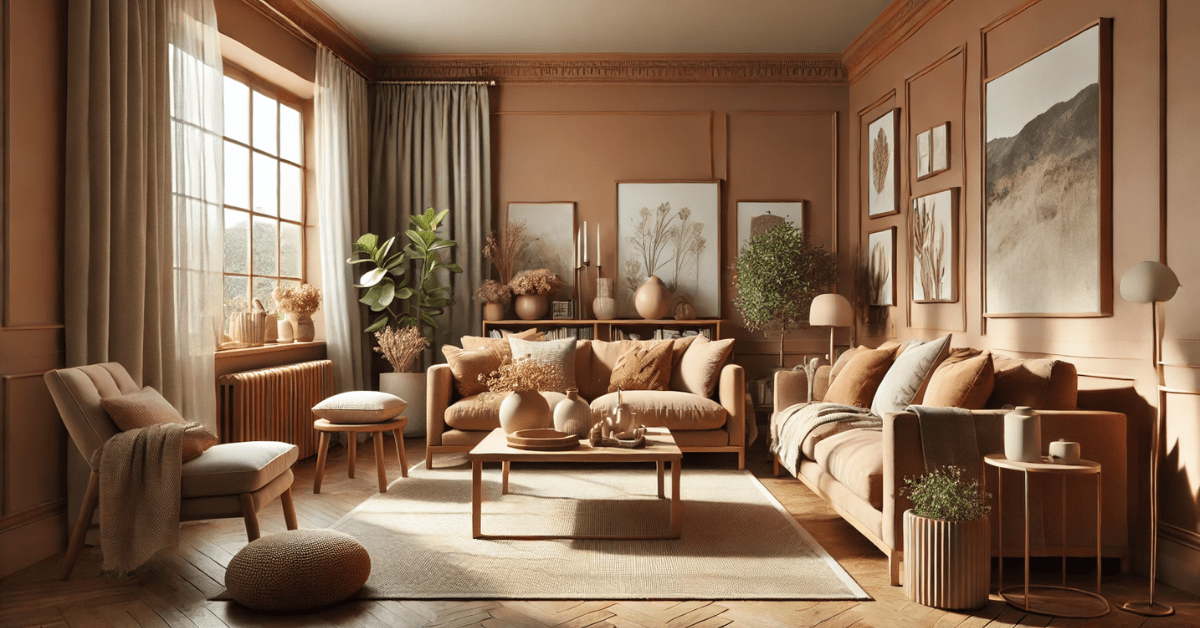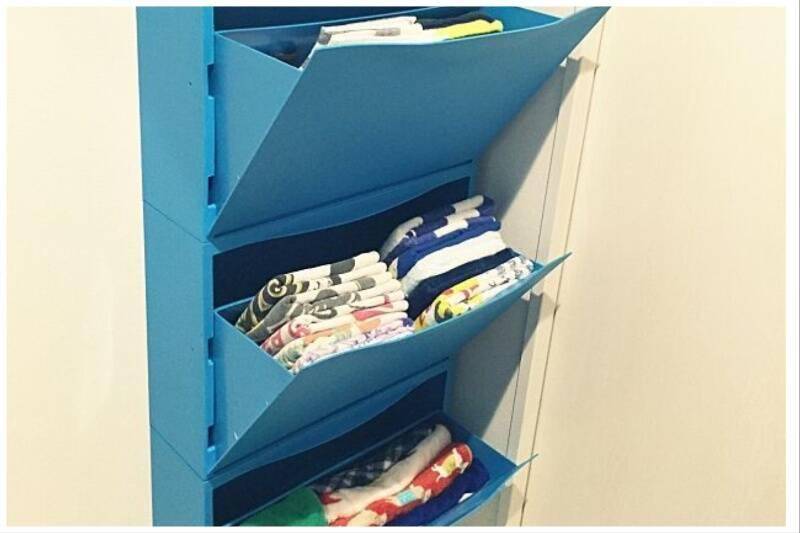Today?s offices are taking design cues from hotels?and homes

In-demand amenities tout food, fitness, and community Amenities can make or break a project for certain clients. Just ask architect Roger Heerema, principal at Wright Heerema Architects. As he envisioned the Shuman, a new building in the upscale Chicago suburb of Naperville being remade by developers at Franklin Partners, he wanted something that had undeniable curb appeal.
The space would eventually include a reworked lobby, a new fitness club, an engaging entrance experience not unlike what you?d experience at a hotel, and an upscale food-and-beverage program with a rotating cast of Chicago-area restauranteurs. It?s a dynamic experience that?s much like high-end hospitality. Or, he says, as close as one can get with suburban office space. The Shuman, branded as a ?socially-activated building,? represents what Heerema deems the ?office amenity arms race?: Over the last decade and change, between the embrace of and backlash over open office plans, changing work habits, and the rise of coworking, our workspaces have been reimagined with more appeals to comfort, choice, and luxury. Design trends once relegated to either home, office, retail, or hospitality categories have merged, and today influence a middle ground of activated, amenity-laden space.
But the Shuman, which Heerema designed to be a departure from what?s normally done in the suburbs, shows how what was once exceptional is now commonplace. A strong labor market, increased competition for top tenants, and...
| -------------------------------- |
| Moooi furnishings "tell a different story on every floor" of Art Legacy Hotel | Dezeen |
|
|





